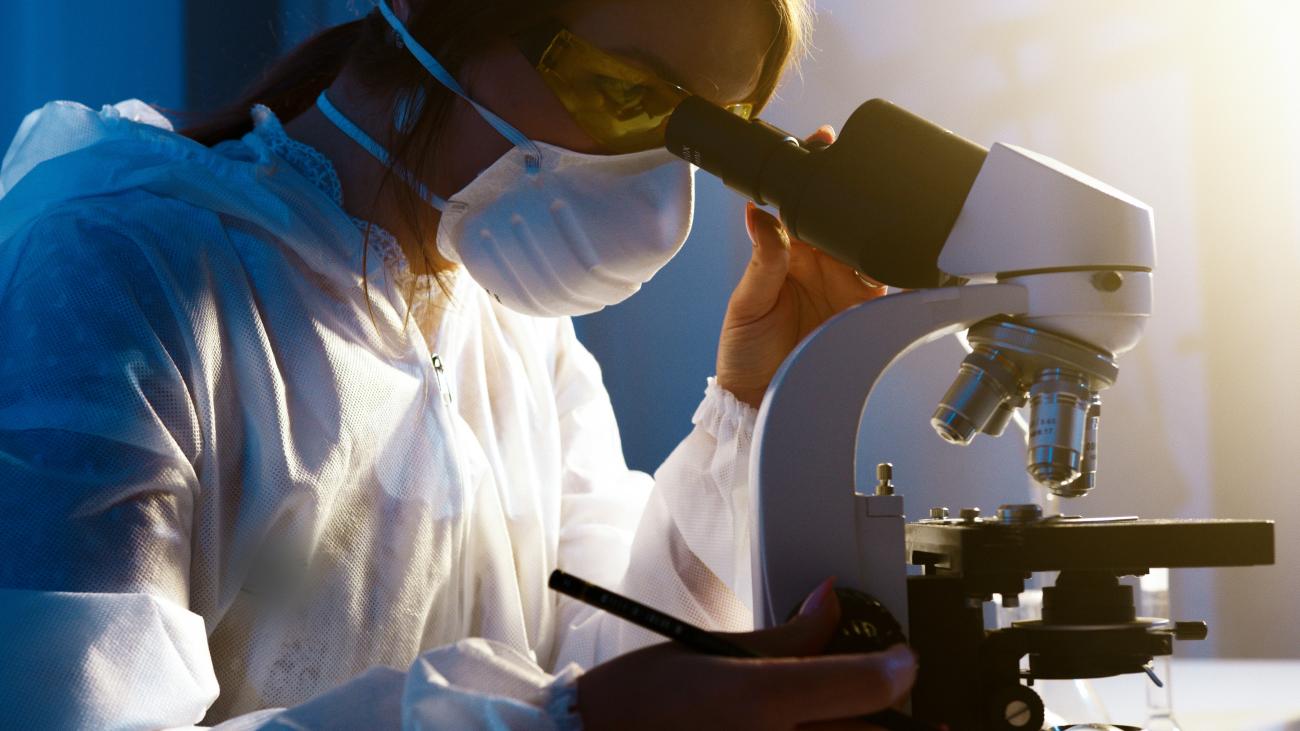Database providing access to the High Technology Network's industrial research offering: research competences, type of analyses and tests available at the Laboratories. Companies can consult the Catalogue to find Laboratories and researchers that match their needs.
Competence
Acoustic analyses in anechoic and semi-anechoic chamber according to standards
Acquisition and pre-processing of signals for model identification
Active control of noise and vibration
Anti-vibration systems: design and installation criteria
Balancing
Carbon-based materials (graphene oxides, TPG, etc.)
Ceramic materials (oxides, nitrides, carbides, etc.)
Ceramic matrix composites and nanocomposites
Chatter in machining processes: analysis and reduction
Compliant joints: design and dynamics
Contactless experimental vibration measurements using laser doppler vibrometers
Continuous-time and discrete-time mathematical modeling of systems and processes
Corrosion: protection and inhibition
Cosmetics
Discrete events mathematical modeling of systems and processes
Dynamic / elastodynamic analysis and control (multibody models, lumped-parameter models, etc.)
Elastomers
Experimental modal analysis
Experimental noise mapping of industrial products and machinery
Finite element simulation (FEM)
Formal languages for systems modeling (Unified Modeling Language-UML and SysML-System Modeling Language)
Glass and glass-ceramic materials
Hw / sw customized systems for vibro-acoustic measurements: realization and implementation
Identification of models and parameters estimation
Improving the dynamic performance of products or production processes by simulation and / or test
Infinite-dimensional mathematical modeling of systems
Magnetic materials both bulk and nano
Magnetorheological fluids
Materials of natural origin and derived (wood, paper, cellulose, fibers, etc.)
Materials with self-diagnostic and self-healing properties
Mechanical transmissions: dynamics and control
Metal matrix composites and nanocomposites
Metals: ferrous alloys (steel, cast iron)
Metals: non-ferrous alloys (aluminum, copper, nickel, titanium, magnesium, etc.)
Micro-nano materials functionalized
Modeling of the collision of bodies in mechanical systems
Nanomaterials (filler, graphene, etc.)
Non-parametric modeling (neural networks, etc.)
Paintings
Piezoelectric and thermoelectric materials
